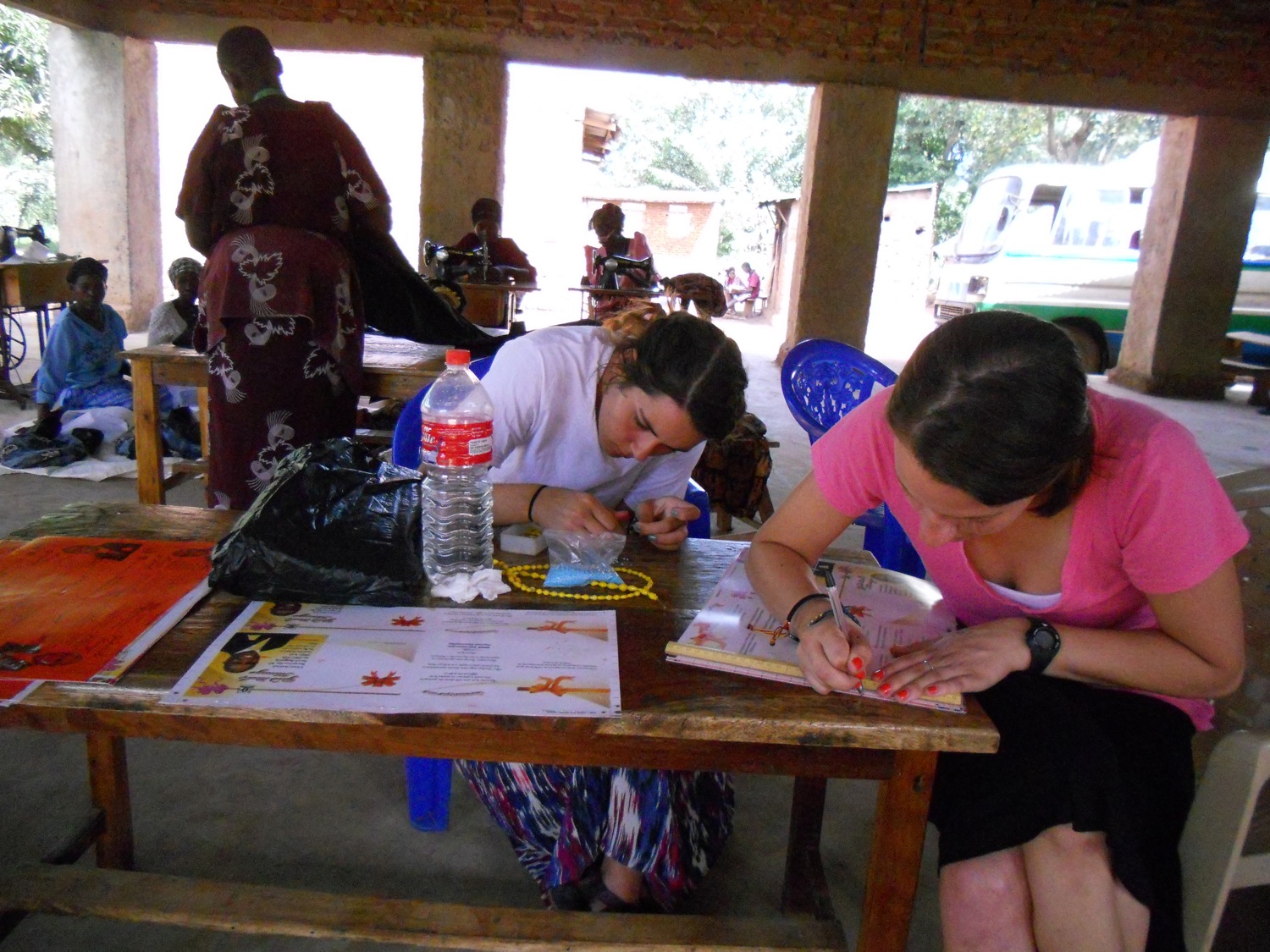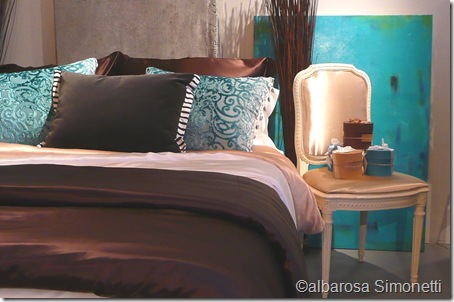
Rick JordanĬourtesy Belmond/Mattia Aquila Cipriani, A Belmond Hotel – Venice, Italy I even danced the merengue – seasoned boulevardiers can learn new moves too. And the rooftop pool terrace has been reclaimed by summer DJ sets and cocktail-fuelled art lessons. A new name has set up home here: Rafa Zafra, the topknotted former head chef at El Bulli, in Amar, a midnight-blue restaurant with ponzu oysters, caviar, and spider-crab cannelloni on the menu.
#LYDIA SILK PROJECT CANVAS FULL#
I returned to Barcelona earlier this year, the first time since lockdown, to find it almost completely awake once more, and El Palace full of renewed zip. Everyone knows that Dalí lived here and once asked the staff to bring a giant stuffed horse that he’d bought up the stairs to his room, but there’s also a wild rumour that Trotsky’s murderer, Ramón Mercader, was once maître d’ here. Like all grandes dames, it gives good gossip and drops a few names. The lobby’s basalt-black columns are the definition of mausoleum chic, as if ready to stage a production of Salome. Locals still call it “El Ritz” – it was César Ritz’s last grand project – and while it officially lost the name decades ago, it clung to the theatrical pomp. However, El Palace, like the Eixample district it sits in, is never ruffled by arrivistes. Since then I have always been swayed by the new: staying in Hotel Arts Barcelona when it rose up on the beachfront or making for The Hoxton’s rooftop taqueria. I’ve been coming to Barcelona since just before the 1992 Olympics, that watershed moment when the city picked up the baton and ran with it. Paul RichardsonĬourtesy El Palace Barcelona/Carlos Garralaga El Palace Barcelona – Spain Hard though it is to tear yourself away from this well-upholstered bubble of gorgeousness, it must be done.

From beyond a line of towering horse chestnut trees and a high fence hung with ivy comes the murmur of what may just be, right now, Spain’s most exciting city. Meanwhile in the French-style formal garden, deliciously re-imagined by landscaper Fernando Valero as a maze of box hedges and trickling fountains, the gravel crunches underfoot. The 93-member staff, smiling and as impeccably turned out as the surroundings, make you believe you’re a friend of the duke, simply hanging out for a night or two in your regular Madrid bolt-hole.

#LYDIA SILK PROJECT CANVAS WINDOWS#
Expansive, expensive fabrics adorn the walls and windows restored parquet floors creak authentically as you pad across them ceiling mouldings are subtly under-lit. The high-ceilinged public rooms seem to compete with one another in fin de siècle grandeur, but thanks to design doyen Lorenzo Castillo, who recently undertook a major refresh of the hotel’s interiors, what might once have been suffocatingly opulent now has a certain lightness and chic. Built between 18 as the private palacio of the Dukes of Santo Mauro, the 49-room hotel, now owned by Antonio Catalán, occupies an affluent corner of the Chamberí neighbourhood where the ebullience of downtown Madrid gives way to a patrician quietude.

Recently, the upper end of Madrid’s hotel scene has erupted in a welter of blue-chip international brands – but three decades before the current boom, Santo Mauro was already offering its discreet brand of noble luxe. Santo Mauro Yago Castromil Santo Mauro, a Luxury Collection Hotel – Madrid, Spain And happy children mean harmonious holidays: time to slink into the sea-gazing Thalasso spa, try some Kundalini yoga or a little paddle surfing perhaps even a zingy Zoco cocktail by the pool. I’ve “encouraged” my own children into countless kids’ clubs over the years, but this is the only one that I have had to bribe them back out of. There are exhaustive activities, gorgeous free-flow creative spaces, and engaging, energetic staff who work subtle magic. But the kids’ club is the greatest triumph. It’s why families gather poolside for languorous lunches. It’s what brings smart young couples to lounge together under the citrus trees. It’s this rare combination of bohemian charm and specificity of service that is MC’s interstellar dust. The recent reincarnation of the iconic Beach Club, once erring on the side of silver service, has an artisanal, eclectic feel, with vibrant corals, Art Deco-style umbrellas, and hand-painted tiles. Post-pandemic additions such as El Patio restaurant draw upmarket locals to sip pressed juices after yoga classes or crisp rosés later on. Yet despite its growth, it has maintained the intimacy of a members’ club.

Over time it has evolved from a string of Californian-motel-inspired lodges into a rarefied village anchored by the beach. This heritage property on the Andalusian coast has been synonymous with unassuming luxury since it began life as a hangout for Prince Alfonso von Hohenlohe’s friends in the 1950s. Marbella Club Courtesy Marbella Club Marbella Club – Málaga, Spain


 0 kommentar(er)
0 kommentar(er)
